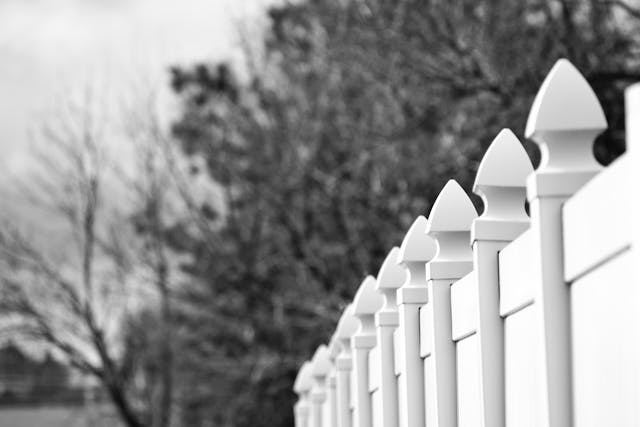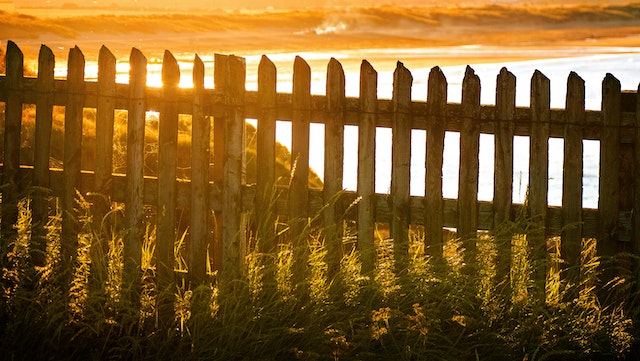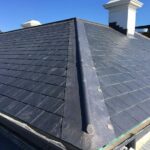Do you own a home on the gorgeous Northern Beaches and have problems with land that slopes or erodes? If so, you’re not the only one. A lot of properties in this beautiful seaside area have problems that might affect how they look and how well they work. The retaining wall is the unsung hero of landscaping. These structures do a lot more than merely keep back dirt. They may make your property look better, stop soil erosion, and make space that can be used.
Picking the right retaining wall is very important for making sure it lasts and looks well. It’s important to know what each type offers and how it fits your needs because there are many choices. This guide will help you find the appropriate answer for your needs, whether you’re looking for something rustic or modern.
Why retaining walls are important for homes on the Northern Beaches
Properties on the Northern Beaches, where the land and the coast are both unique, need retaining walls northern beaches to keep them safe. These buildings stop soil erosion, which can get worse when it rains a lot or when the wind blows on the shore.
Retaining walls keep your home safe from damage that could happen if the ground shifts. They also aid with water drainage by channelling runoff away from your foundation.
Retaining walls improve the design of the landscape in addition to their function. A well-built wall can make tiered gardens or level up uneven yards, giving you more area to use on your property.
A well-thought-out retaining wall adds to the natural beauty of the region while also providing important support for your outdoor settings. It’s not just about being useful; it’s also about making life better in this beautiful area.

Things to think about while picking a retaining wall
Start by looking at the slope of your property when choosing a retaining wall. Steeper slopes usually need stronger remedies to keep the soil from eroding and keep things stable.
Next, think about how your home looks. The wall should go well with the landscaping and architecture that is already there. A good design can make your home look better from the street.
It is also important that it lasts. Choose materials that can handle the severe heat or heavy rain that is common in the Northern Beaches.
Don’t forget about the systems that drain water. To keep the wall and the region around it from getting damaged, it’s important to handle water properly.
The budget is quite important. Because different materials cost different amounts, it’s best to make a list of what you need most and stick to your budget.
There are different kinds of retaining walls, such as stone, wood, concrete, and gabion.
Timber retaining walls seem natural and fit in well with the surroundings. They are usually composed of treated logs or boards, which provide gardens and backyards a welcoming look. But they could need regular care because they are prone to rot.
Stone retaining walls look strong and beautiful. These buildings can handle a lot of pressure and look great at the same time. Natural stone comes in a wide range of colours and textures, so it may be used on a wide range of property styles.
Concrete retaining walls are known for being strong and lasting a long time. They come in a range of styles, so homeowners can easily make their homes look modern or like other materials like wood or stone. Another big benefit is that they can stand up to the weather.
Gabion walls are made of wire cages filled with boulders or stones. They look great and are good for the environment. They do a good job of controlling drainage and erosion, but they need to be placed carefully to stay stable over time.

How to keep and fix retaining walls
Many homes on the Northern Beaches need retaining walls for both looks and support. But, like any other building, they need to be taken care of to last.
It’s really important to check everything regularly. At least once a year, look for cracks or evidence of erosion. Watch out for drainage problems that could cause water to build up behind the wall. If you see too much wetness, it could be time to fix your drainage system.
Another key part of maintenance is cleaning. Regularly clean off the top of your retaining wall to get rid of things like leaves and grime. This keeps organic matter from breaking down and putting unwanted pressure on the building.
Using sealants on wooden retaining walls might make them last a lot longer. It keeps them from rotting and makes them look better with new stains or paint when needed.
If you see a lot of damage, like big fractures in concrete walls, you might want to talk to a specialist. If you don’t do things right, DIY repairs can make problems worse.
By being proactive about maintenance and fixing small problems as soon as they show up, you can keep your retaining wall in good shape for years to come. This will not only keep your property value up, but it will also keep your outdoor spaces safe.

















Leave a comment